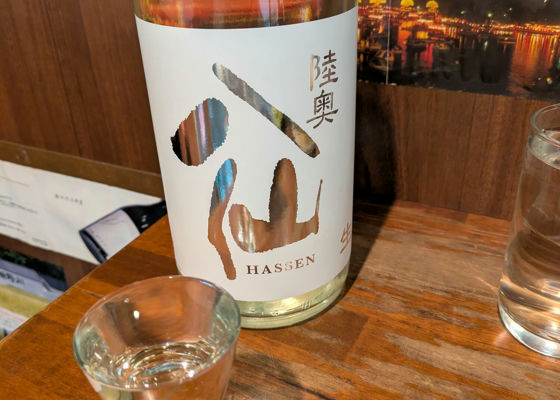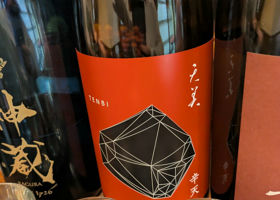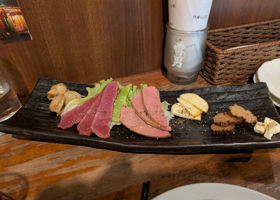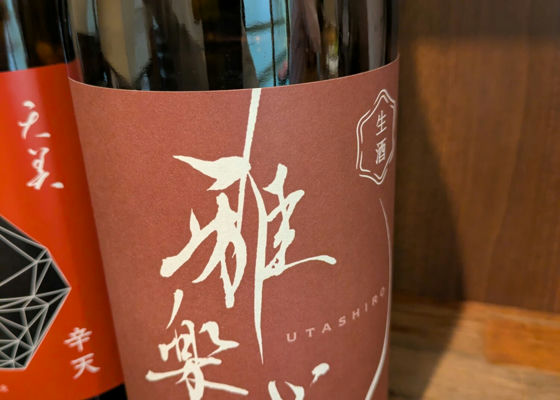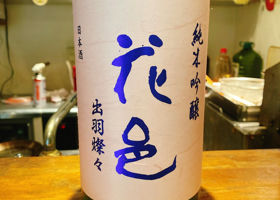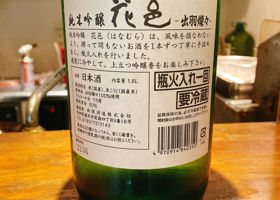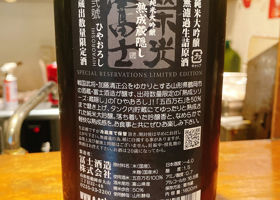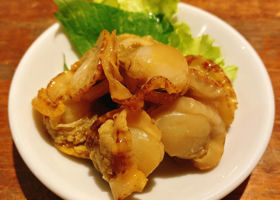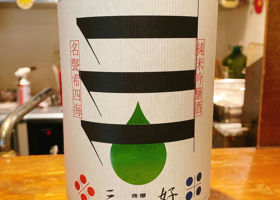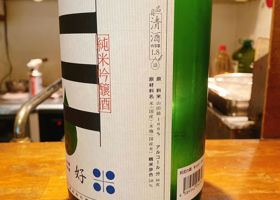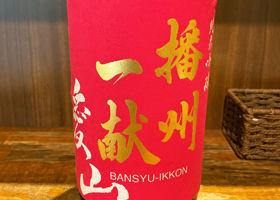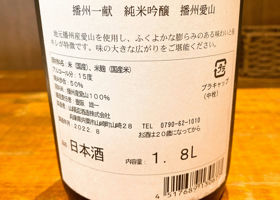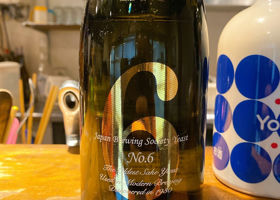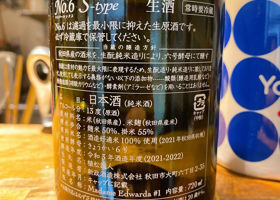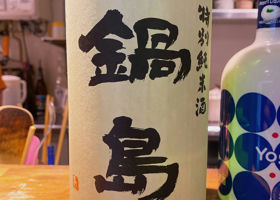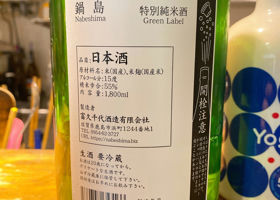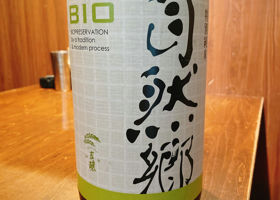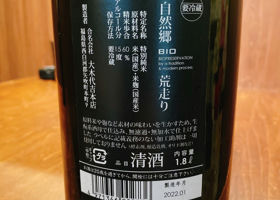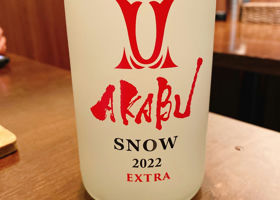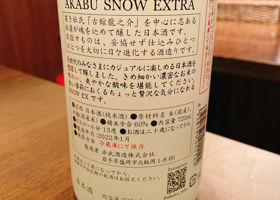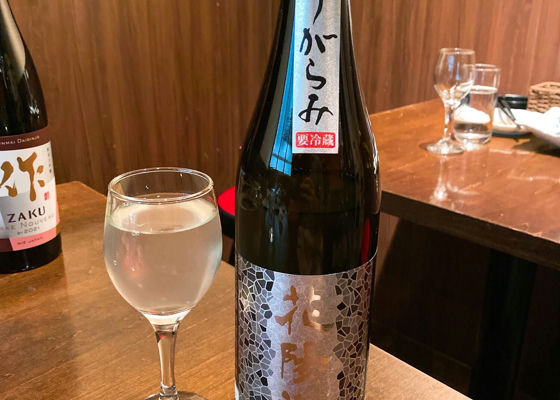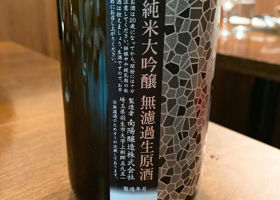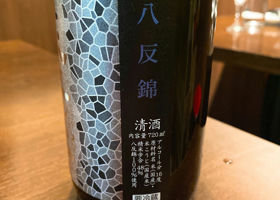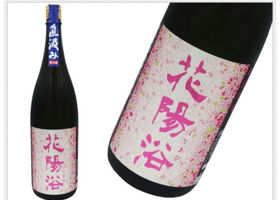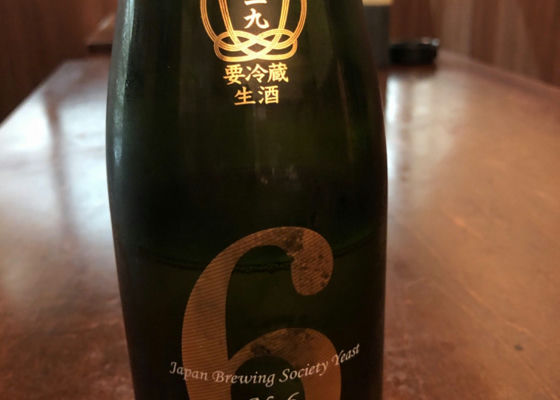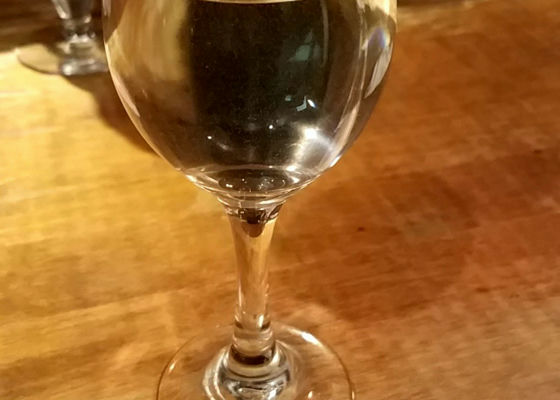Timeline
keiThe first sip is refreshingly sweet and fruity.
After the second sip, the hidden bitterness may come out a little.
If you rehydrate it with water each time, you can enjoy drinking it. keiGood sweetness of rice
Just right for drinking after a meal keiheaven
refreshingly dry
Slightly fruity but doesn't interfere with food.
One of my favorite sake!
Paired with smoked platter keiIt's round and refreshing.
Sweet and sour may be out of my personal taste?
Sake that doesn't interfere with food, good with sashimi! やす☆Peachy aroma typical of Hanamup. The transparent and soft peachy sweetness is just like Hanamup. The taste is just as I imagined. やす☆The first hiyaoroshi of the year is Eiko-Fuji.
The mouthfeel is slightly fresh. The soft sweetness that is typical of Eiko-Fuji is followed by the umami that comes gradually.
In general, it is an easy-drinking hiyaoroshi. It went well with smoked scallops. やす☆First time drinking Miyoshi.
Aroma is slightly semedai. It has a strong sweetness like a soft peach. It has an image similar to Toyo Bijin, a sake from the same Yamaguchi Prefecture. やす☆Fruity aroma. The strawberry-like sweetness is unexpected for Banshu Issen, in a good sense. Although it has a refreshing taste, it is fresh and different from the usual Banshu Ichiken in that it disappears quickly without a sharp taste. やす☆This is the first No. 6 I have had in about two years.
It has a gassy, fresh mouthfeel. The impact of the acidity, which is typical of the sake's traditional sake making process, is very strong. Personally, I prefer the more fruity taste of the former No.6. やす☆Freshness is present but diluted. The bottle may have been open for some time.
The taste is clean and refreshing, but as the temperature rises, it reveals a soft, gentle sweetness that is typical of Nabeshima. やす☆Tasted again on 12/17 at the Jiro Room. Apple-like aroma. The freshness on the palate gives it a clean, crisp flavor. やす☆It is reminiscent of the Masamune instruments with its firm yet transparent flavor. There is a faint nuance of lactic acid. やす☆It is fresh and has a good balance of sweet, umami and acid. It has a gentle mouthfeel that is typical of Akatake, but the citrus acidity is strong for Akatake, which I personally prefer. やす☆Fresh, juicy and tasty. Crisp and acidic. たかしDrunk and photo fails 😁.
A juicy ginjo. Compare with Takachiyo and Shinsei 6, the aroma, flavor and juiciness are head and shoulders above the rest.
I want to drink it again someday.
★★★★★ RecommendedContentsSectionView.title
